Taking on the challenge of buying a home in the new year is an exciting and important task, and it’s essential to be appropriately prepared to make the process as smooth as possible. With these five preparation tips for first-time homebuyers, you’ll be prepared to make that big purchase of your dream home in the new year!
#1: Organize Personal Finances
Personal finances provide the necessary foundation for new homeownership and finding the right mortgage loan. More specifically, a stable track record of earnings for at least two years is something most lenders prefer, therefore having a salaried or hourly income can provide an edge instead of self-employment or a commission-only income. In addition, credit scores can make or break home buying plans with a significant effect on interest rates or the ability to obtain loans. Keep an excellent score by keeping credit balances low, paying bills on time, and having a solid mix of revolving, installment, and retail credit cards to work towards the desired score of 740 for the lowest interest rates and easiest path to approval.
#2: Determine Budget for Up-Front Costs
Securing your mortgage loan is a massive step toward buying a home, but there are always additional up-front costs you must be prepared for. The most known up-front cost is the down payment, which can vary from 3% up to 20% based on the price of the home, credit scores, and the chosen mortgage lender. In addition to the down payment, closing costs can range between 2% and 6% and typically include local taxes, insurance, appraisal, and more customized to the buyer’s needs.
#3: Make Your Up-Front Cost Funds Accessible
Following the determination of up-front costs, the next step is to make these funds readily accessible for a mortgage pre-approval. Two of the most common ways to gather these funds are to receive a gift from a relative or to borrow from your 401(k). When utilizing a gift, you’ll want to put together a gift letter to present to the lending officer organizing your pre-approval. In other cases, the buyer covers these costs directly from built-up savings or a stash of cash; therefore, any deposits of cash stashes for this purpose should be sitting in the bank for at least 60 days before applying for a mortgage.
#4: Get Pre-Approved for A Mortgage
With personal finances in order and a general budget in mind, it’s time to start looking into mortgage options. The first step in this direction is to get prequalified for a loan to determine how much home you can afford and what monthly payments will look like. Set up a meeting with a loan officer or fill out an online application to get prequalified based on basic information about income and current debt status. From there, once you land on a number you are comfortable with, allow the loan officer to review credit reports, credit scores, income, and asset information to obtain a pre-approval letter. This letter is essential when making an offer in today’s market as it indicates that you are a serious buyer and have the financial resources to back up your offer.
#5: Prepare for Extra Expenses
In addition to paying for the home itself, extra expenses come with moving into your new home and homeownership expenses. If you’re lucky, you can get friends and family to help you move, but even this can come with limited costs for trucks, boxes, supplies, and more. Without the extra help, a local move can cost about $2,300, and a long-distance move can cost about $4,300. Once you’re all moved in experts, recommend setting aside 1% of your home’s value annually to cover ongoing maintenance and any unexpected repairs. This will also allow you to avoid using a credit card for these expenses, preventing a spike in credit utilization.
Are you shopping for your first home in the new year? Take advantage of the benefits of a Mortgage from Mechanics! Apply online or contact us today to get started.
{{cta(‘36364d8b-197e-4597-b02e-ce165efcf9d5′,’justifycenter’)}}





